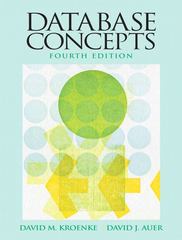Answered step by step
Verified Expert Solution
Question
1 Approved Answer
( Use printf function to display ) Define a signed integer a = 0 xA 5 3 C 0 E 6 0 and an unsigned
Use printf function to display Define a signed integer a xACE and an unsigned integer b xACE
a Print both a and b in decimal format.
b Shift both a and b right by bits and print the outputs in hex and decimal format.
Divide both a and b by and print the answers in hexadecimal and decimal formats. Manually check if the results of shift right and that of division match for both a and b and if the results are correct.
c Repeat the steps in part b with signed integer p xACE and unsigned integer q xACE Check if results match in both cases. Are the results correct
d Define a signed integer x xCE and an unsigned integer y xCE
Shift x and y left by bits and print the outputs in hexadecimal and decimal format. Multiply x and y by and print the answers in hexadecimal and decimal. Manually check if for each case, the results of shift left and that of multiplication match for both a and b and if the results are correct.
d Try the same steps as in d with signed integer x xACE and unsigned integer y xACE Manually check if the results of multiplication and left shift match. Are the results correct
More information
Int is signed by default. Hence
int a; Declares a as a signed integer
unsigned int b; Declares b as an unsigned int
For printing in radix
Signed integers are printed with d unsigned integers are printed with u
In radix it stays the same x since the representation stays the same, its interpretation changes.
Step by Step Solution
There are 3 Steps involved in it
Step: 1

Get Instant Access to Expert-Tailored Solutions
See step-by-step solutions with expert insights and AI powered tools for academic success
Step: 2

Step: 3

Ace Your Homework with AI
Get the answers you need in no time with our AI-driven, step-by-step assistance
Get Started


